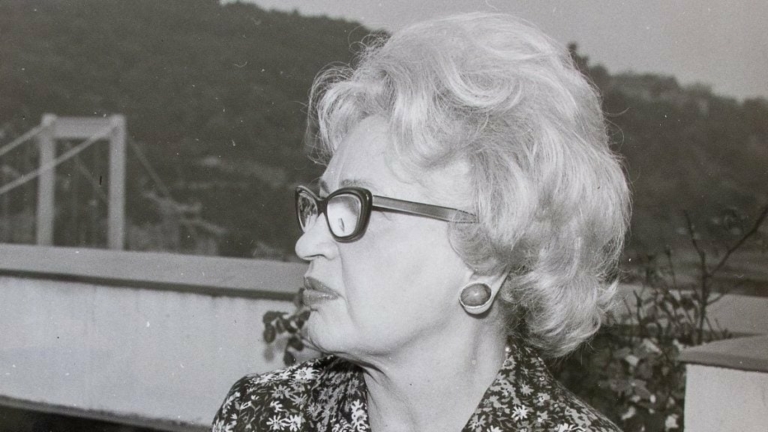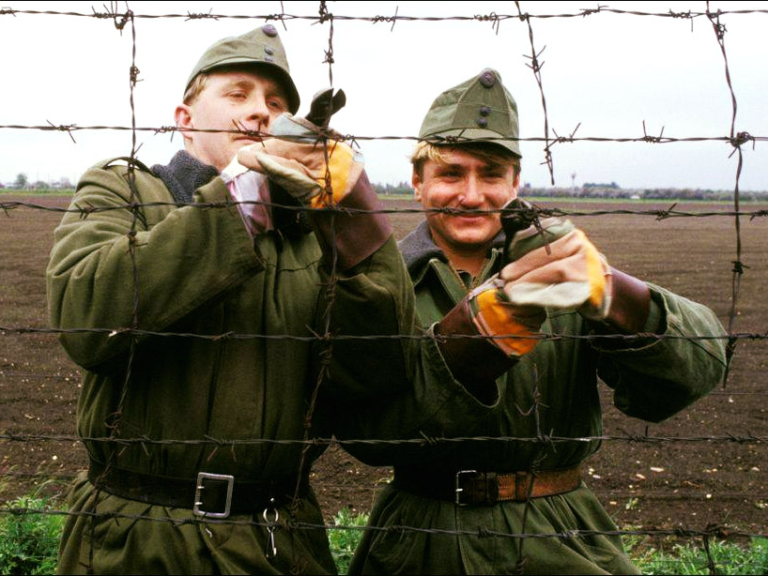communism
What Christmas was like in Hungary’s Kádár era: Escapes, secret masses and silenced longings

“A plane can crash, a ship can sink” – Did you know Hungarian Communist leader Kádár was terrified of travelling?

The secrets of the Kádár villa: the luxury life of Hungary’s communist leader

Today is the memorial day of the victims of communism in Hungary

Jobbik wants MPs’ communist-era secret police files released to public

Hungarian House Speaker fears resurgence of communism
Western states are currently attempting to "reload communism", Speaker of Parliament László Kövér said at the Tranzit festival in Tihany,...
Orbán does not allow disclosure of the former Hungarian communist state agents

Orbán committed to save Hungary from dictatorship

PHOTO GALLERY: Why were 15 March celebrations oppressed in communist Hungary?

Hungarian deputy PM commemorated Hungarian count, MP murdered by Czechoslovakian Communists

Klara Rotschild, Socialist Hungary’s very own Coco Chanel

Speaker: new poisoned ideas and new dictators approaching

PHOTOS: Hungary marks the memorial day of the victims of communism

PHOTO GALLERY: Here is what New Year’s Eve celebrations looked like in Hungary back in the day

The Communists are criminals, says filmmaker Béla Tarr in India

Treat communism crimes in same way as Nazi crimes, justice minister says
The crimes of Communism should be treated in the same way as Nazi crimes, Justice Minister Judit Varga said at...
33 years ago today, Hungary tore the first hole in the Iron Curtain – PHOTOS

Senior politician of János Kádár’s one-time communist regime dies





 ZH
ZH IT
IT DE
DE HR
HR NL
NL FR
FR JA
JA RO
RO RU
RU ES
ES TR
TR
